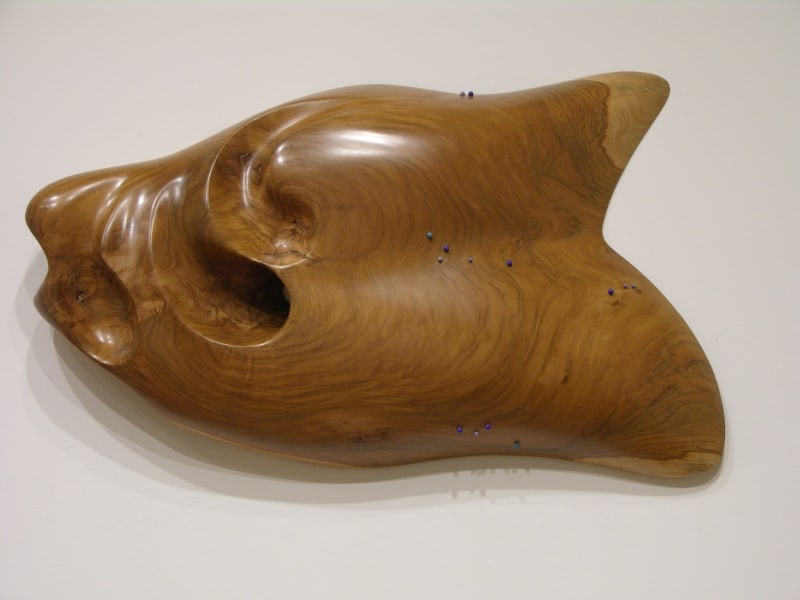
She's striking with her dusky complexion contrasted against a bright white embroidered shirt and pale blue jeans. Initially, she is slightly hesitant to pose for photographs but as she starts talking about art and sculpture, she became oblivious to the flashing camera. Her face lights up and you see an intense passion for art in her.
Ranjani Shettar is from Shimoga and took to arts at a very young age. "I realised that I was most comfortable with art. I had no definite format but enjoyed painting and drawing as a child," she recalls. Even as a child she would create little things from material that was available at her home.
"I would take out the wax from our wooden furniture and create small human figures. Curiosity was always there and my parents did not get angry with me for removing the wax or using other stuff from home. Instead they started getting me loads of materials I could work with. It also became their ambition to see me become an artist," says Ranjani. She travelled around the country as her father had a transferable job, which she believes helped her grow as an artist.
"We travelled to many cities, Interacting with people and their culture also helped hone my skills, and gave me the right exposure at the right time. This kind of travelling also helped me to adapt and learn things quickly.
To train herself further, she came to Bangalore and studied fine art at the Karnataka Chutrakala Parishath. "It was here that I was exposed to various arts and I realised that I was more comfortable with 3-D rather than 2-D. Besides painting, I was also trained to do clay modelling and worked with wood and metal sculptures. And I just took to sculptures. But I do use paintings in my sculptures. What I do is not a sculpture in a rigid term, but is often called an installation."
Some of her works are installed at museums. One work called, "Me, No, Not me, Buy me, Eat me, Wear me, Have me, No, Not me" is at the Modern Art Museum of Fort Worth, Texas. The work is in "five parts and is made from steel-cut out of old car bodies and metal paste," she explains. Another installation is going to be put up for view at the San Francisco Museum of Modern Art.
Why do artists give weird names to their work and why don't they make an attempt to make things more clear to the layman?
"Sometimes it is difficult to sum up our work so we try to help by giving it a name. Museums are very helpful in making people understand an art work. They are Institutions that teach people about art work, whereas galleries are commercial establishments. Museums also bring in lots of audience. As an artist it is important for us to be inclusive.
Museums help us develop our audience and also educate them about our work. I am interested in education programmes in museums and get involved as often as possible."
Is it better to show your work abroad or in your homeland? "There is more space there and I have had three solo shows there i =n the past year." She has also had varied shows here.
Is traditional art losing out to contemporary abstract work? "They do not compete with each other but co-exist." says Ranjani, the winner of the 2008 Sanskriti Pratishthan, New Delhi.
For her art is not a profession but a passion. "Sculpting is a constant discovery. I try and push myself and grow every minute. The day I stop doing that it'll be the death of my creativity. I never thought of art as a means of livelihood.
If I did think that way it would have been difficult for me to get into it. I ventured into this field because I wanted to. Maybe I was able to sustain myself because I also kept teaching children and did various other projects for architects. Now, fortunately, I am able to live just by my art."
-Shilpa Sebastian R.